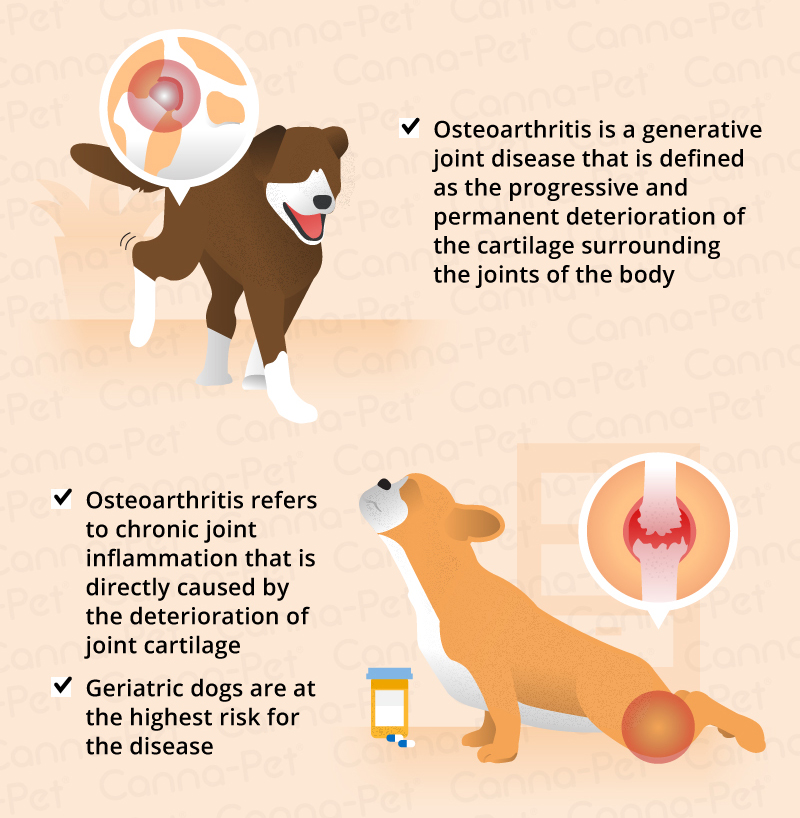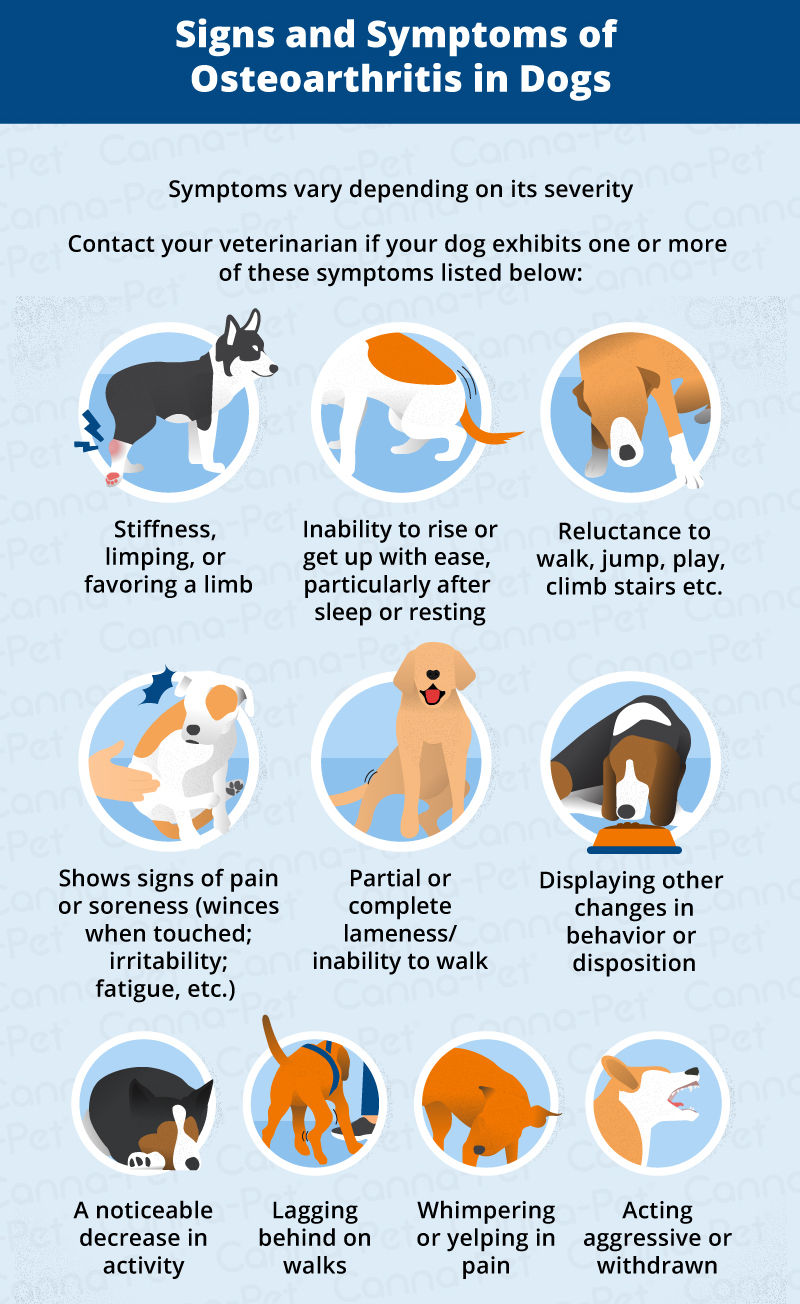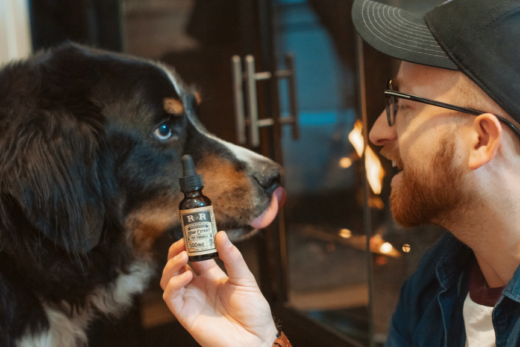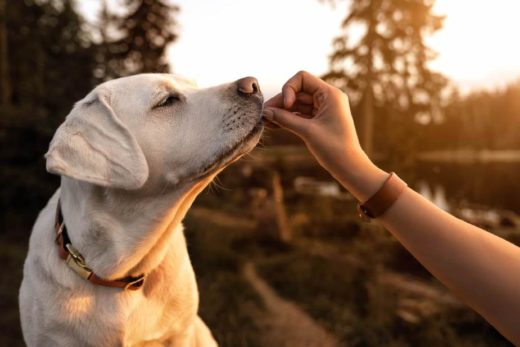Osteoarthritis, also referred to as OA and degenerative joint disease (DJD), is by definition the progressive and permanent deterioration of the cartilage surrounding the body’s joints.
While arthritis is a general medical term describing inflammation of the joints, osteoarthritis is the terminology used when referring to a form of chronic joint inflammation directly caused by the deterioration of joint cartilage. Statistically speaking, geriatric dogs are at the highest risk for the disease.
Due to the introduction of a variety of new treatments and supplements, medical treatment of osteoarthritis has vastly improved over the past few years. Unfortunately, because osteoarthritis and other forms of degenerative bone diseases such as hip dysplasia are primarily genetic or inherited conditions, there are no preventative measures you can take to protect your four-legged friend.
However, by monitoring your dog’s diet and exercise regimen and incorporating supplements with anti-inflammatory qualities into his daily routine, you may be able to ensure his quality of life and lessen the severity of his symptoms. By taking a proactive part in your dog’s osteoarthritis care, you can help decrease the progression of the disease while managing his overall level of comfort.

Signs & Symptoms of Osteoarthritis in Dogs
Although osteoarthritis (OA) is fairly common in dogs, it is nonetheless distressing for both you and your beloved pet. Depending on the severity of your pooch’s condition, symptoms may be barely detectable to debilitating. Therefore, it’s important to pay close attention to your dog’s overall health, especially as he ages.
If you notice the following signs and symptoms associated with osteoarthritis, you may want to consult with your veterinarian for a complete physical and treatment regimen:
- A noticeable decrease in activity
- Stiffness, limping, or favoring a limb
- Inability to rise or get up with ease, particularly after sleep or resting
- Reluctance to walk, jump, play, climb stairs etc.
- Shows signs of pain or soreness (winces when touched; irritability; fatigue, etc.)
- Partial or complete lameness/inability to walk
- Lagging behind on walks
- Whimpering or yelping in pain
- Acting aggressive or withdrawn
- Displaying other changes in behavior or disposition
Largely dependent upon your dog’s specific breed, joint disease may occur in the earlier or latter stages of his/her lifespan. Larger breeds are more susceptible to different forms of skeletal disease than smaller dogs.
Inherited conditions such as hip dysplasia are commonly seen in German Shepherds, Golden Retrievers, Labrador Retrievers, Staffordshire Terriers, Alaskan Malamutes, Samoyeds, Old English Sheepdogs, Rottweilers, and Saint Bernards. Smaller breeds who suffer from hip dysplasia include Pugs and French Bulldogs.

Managing Canine Osteoarthritis
With the advent of advanced medical developments over the last several decades, treatment for dog osteoarthritis has improved a great deal. However, because such conditions are inherited, there is no prevention or cure available.
Although there have been a number of products (including supplements and drugs) to ease your dog’s symptoms and slow the progression of the disease, there isn’t any way to reverse the physical changes, such as looseness found in joints, bone/cartilage loss or deterioration, and other related symptoms.
Therefore, the primary goal when administering osteoarthritic care to your dog is to focus on pain management: once clinical signs have been diagnosed, you and your veterinarian may discuss a variety of options to make your dog as comfortable as possible.





